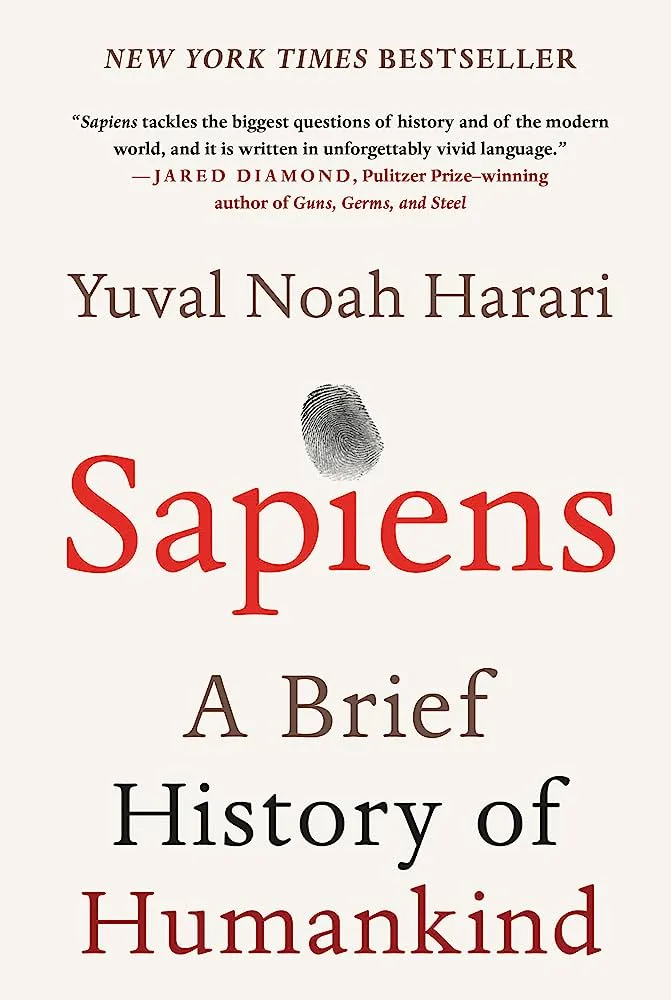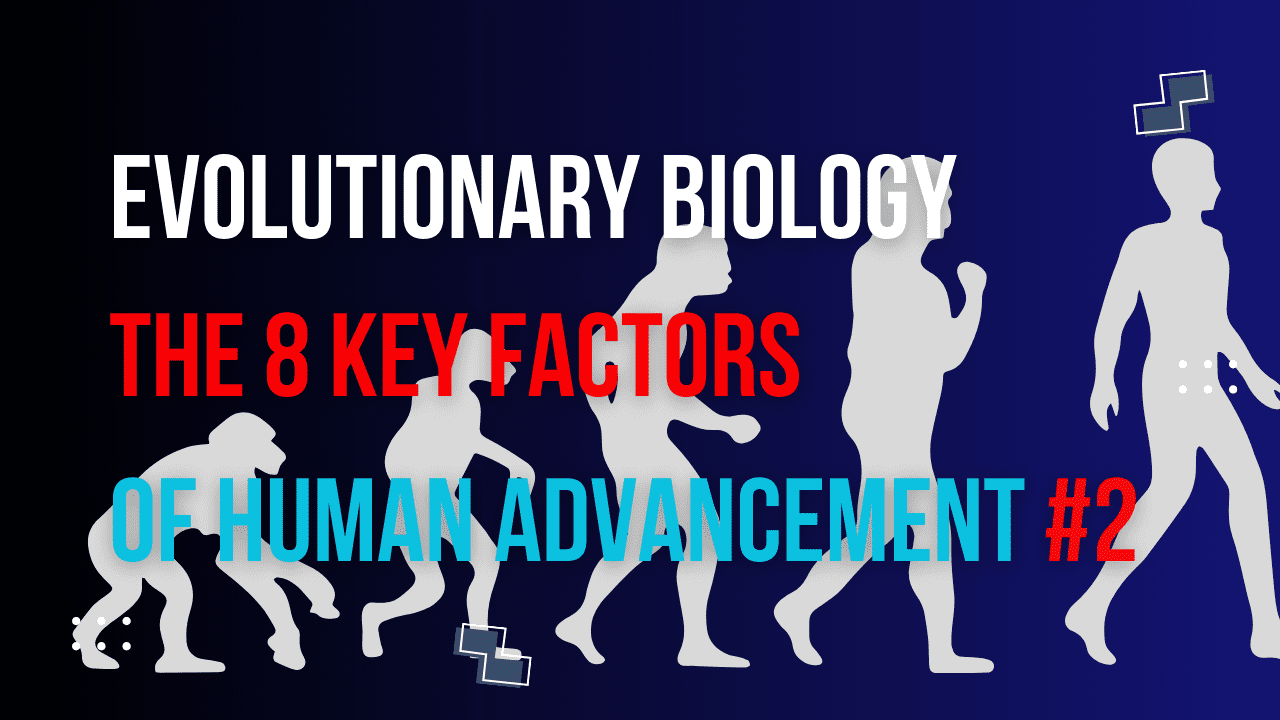Table of Contents
4. Cultural Transmission in Evolutionary Biology

Cultural transmission, the way in which humans pass down knowledge, skills, traditions, and values from one generation to the next, is a defining characteristic of our species and a significant factor in our advancement. This process goes far beyond the basic learning behaviors observed in other animals and has profound implications for the development of civilizations and technologies.
4.1 The Foundation of Human Culture
Human culture is built upon the accumulation and transmission of knowledge. This includes not just practical skills, like how to make fire or weave cloth, but also complex belief systems, art, language, and social norms. Consider the vast array of human languages, each with its own nuances, idioms, and expressions, all passed down and evolving over generations. This linguistic diversity and its transmission is a uniquely human trait.
4.2 Learning Beyond Instinct
While many animals learn from their parents, usually for survival skills like hunting or nesting, human learning goes much further. We teach our young about history, science, ethics, and more. This learning isn’t just about survival in the immediate sense but about understanding the world and our place in it. Schools, books, and now digital media all play a role in this complex educational ecosystem.
4.3 The Role of Storytelling
Storytelling has been a crucial aspect of cultural transmission. It’s how our ancestors passed down their histories, moral lessons, and cultural values before the advent of writing. Myths, legends, and folktales are not just entertainment; they’re a repository of a culture’s wisdom and values. This is a distinctly human practice – no other animal uses stories in this way.
4.4 Innovation and Accumulation of Knowledge
One of the most significant aspects of cultural transmission is the accumulation and building upon previous knowledge. In science and technology, each generation builds on the discoveries of the previous one, leading to rapid advancements. For instance, modern technology like smartphones is built upon years of accumulated knowledge in various fields, from electricity to programming.
4.5 Transmission Across Societies
Cultural transmission isn’t limited within a society; it also occurs between societies. This can be seen in how technologies, ideas, and practices spread along trade routes historically. The Silk Road, for example, was not just a trade route for goods but also for ideas, bringing together diverse cultures and leading to significant cultural exchanges.
In conclusion, cultural transmission is a complex, deeply ingrained part of being human that sets us apart from other animals. It encompasses the passing down of knowledge, skills, beliefs, and traditions, and is a key driver in the development of our societies and technologies. This process of learning, teaching, and sharing across generations and societies has been instrumental in our evolution and continues to shape our world.
5. Extended Learning Period: An Evolutionary Perspective

The extended period of learning and development in humans is a unique aspect of our species, profoundly impacting our ability to acquire complex knowledge and skills. This phase, markedly longer than that of most animals, plays a crucial role in both individual and societal development.
5.1 The Lengthy Human Childhood
One of the most striking differences between humans and other animals is the length of our childhood and adolescence. This prolonged developmental period allows for an extended phase of learning and brain development. In contrast, many animals reach maturity and independence much more rapidly. A deer, for example, may be walking hours after birth and relatively self-sufficient in a few months. Human children, on the other hand, depend on adults for years, providing a prolonged period for learning and growth.
5.2 Learning Complex Skills
The extended childhood in humans is not just about physical growth; it’s also a critical time for learning complex skills and absorbing vast amounts of information. Consider how human children learn language – it’s a gradual process that takes years, allowing for the absorption of not just words, but grammar, social use of language, and non-verbal cues. This complexity of learning is unmatched in the animal kingdom.
5.3 Social and Emotional Development
This period is also crucial for social and emotional development. Humans learn to navigate complex social structures, develop empathy, understand social norms, and build relationships. This development is essential for functioning in human societies, which are far more complex than any social structures seen in other animals.
5.4 The Role of Education
Formal education is a significant aspect of this extended learning period. Schools provide structured learning environments where children not only acquire knowledge in various subjects but also learn critical thinking, creativity, and problem-solving skills. This institutionalized education system is unique to humans and a key factor in our ability to pass down and build upon complex bodies of knowledge.
5.5 Preparing for a Technological World
The extended learning period is particularly crucial in our modern, technology-driven world. The skills needed to navigate today’s complex technological landscape require years of education and training. From learning to read and write to understanding computer programming or engineering principles, the extended period of learning equips humans with the skills necessary to innovate and excel in various fields.
In conclusion, the extended learning period in humans is a distinctive and vital aspect of our development. It allows for the acquisition of complex skills, social and emotional development, and the ability to absorb and contribute to the vast body of human knowledge. This prolonged phase of learning sets us apart from other animals and is a key driver in our ability to create and sustain advanced societies and technologies.
6. Environmental Adaptation and Human Evolution

Environmental adaptation is a critical factor in the story of human advancement. Unlike many animals that evolve physically to adapt to their environment, humans have predominantly used technology and societal changes to adapt to various surroundings. This ability to modify our environment, rather than being solely shaped by it, is a defining characteristic of our species.
6.1 Adapting to Diverse Climates
Humans inhabit virtually every climate on Earth, from the freezing Arctic to scorching deserts. This remarkable range is not due to physical adaptations, like fur or fat layers in animals, but rather through technological and societal innovations. For example, Inuit cultures have developed specific tools and clothing for living in Arctic conditions, while desert-dwelling peoples have unique architectural designs and clothing to cope with extreme heat.
6.2 Agricultural Revolution
One of the most significant environmental adaptations in human history is the development of agriculture. About 10,000 years ago, humans began to cultivate crops and domesticate animals, fundamentally changing our relationship with the environment. This shift allowed for stable food sources and led to the development of settled communities, which eventually grew into complex societies. This kind of large-scale manipulation of the environment for food production is unique to humans.
6.3 Building to Suit Our Needs
Humans have shown incredible ingenuity in building structures to suit various environments. From skyscrapers in urban landscapes to stilt houses in flood-prone areas, our architectural designs reflect a deep understanding and adaptation to our surroundings. Contrast this with bird nests or beaver dams, which, while impressive, are relatively uniform and instinctually built, not based on conscious planning and adaptation.
6.4 Technological Innovations
Our technological advancements have been directly influenced by environmental challenges. The development of clothing, heating, and cooling systems, transportation, and communication technologies are all responses to environmental needs. For example, the invention of air conditioning dramatically changed life in hotter parts of the world, enabling increased productivity and comfort.
6.5 Cultural Practices and Traditions
Environmental adaptation is also evident in our cultural practices and traditions. Many cultural rituals, diets, and social structures have evolved in response to the specific environments in which different groups live. These adaptations are a combination of accumulated knowledge and cultural evolution, showcasing our ability to not just survive, but thrive in a variety of settings.
In conclusion, environmental adaptation in humans is a multifaceted process involving technology, societal changes, and cultural evolution. Unlike animals that primarily adapt physically through evolutionary processes, humans have developed a unique ability to consciously modify our surroundings and lifestyles to meet various environmental challenges. This adaptability has been crucial in our ability to inhabit diverse regions and is a key factor in our technological and societal advancements.
Discover More
As we wrap up our journey through the hidden layers of the internet, it’s clear that the digital world is vast and full of mysteries. But the exploration doesn’t have to stop here! If you’re intrigued by the complexities of the internet, you might also enjoy delving into these related topics
Exploring Keyboard Layouts: A Journey Beyond QWERTY – ReViewMaster DEN (rvmden.com)




